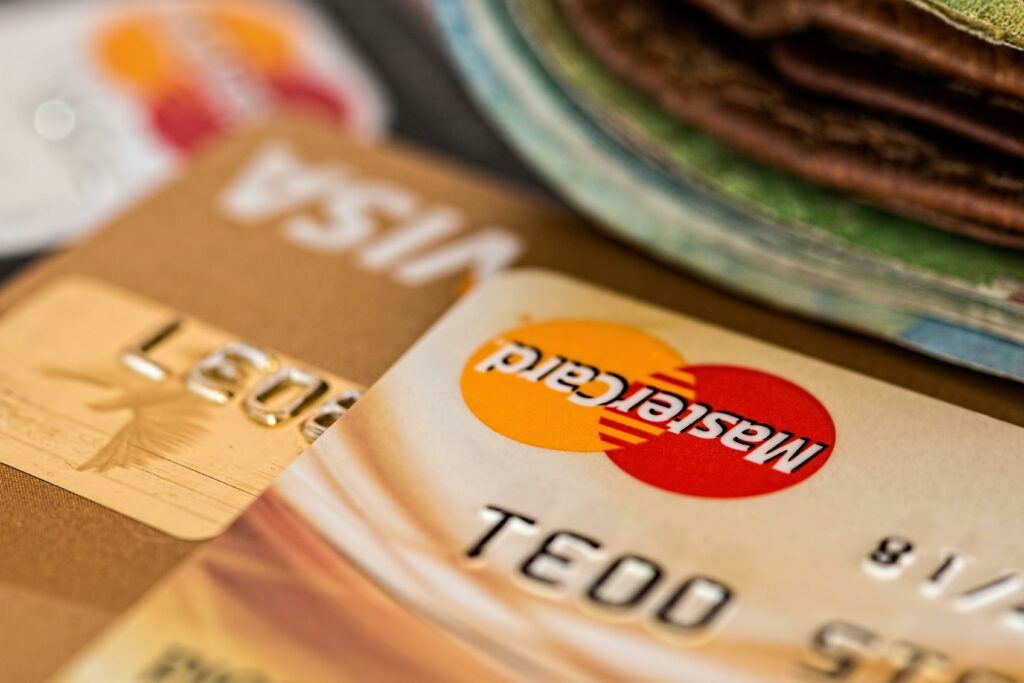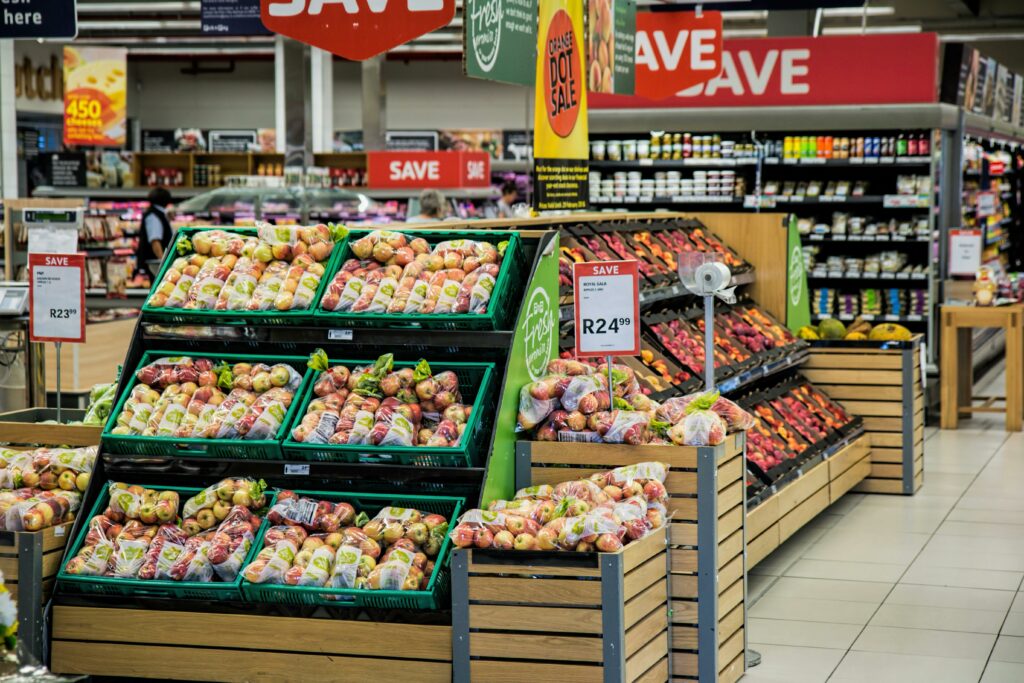In almost every industry, buying and selling trends are changing, responding to the changing demands of a post-pandemic world. It’s not just consumers making the transition to more flexible online sales and alternative modes of shopping. The B2B environment is evolving too.
Estimates suggest that B2B market value is rapidly increasing, with eCommerce quickly taking over as the main environment for brand growth. By 2028, the B2B eCommerce market is predicted to reach a value of around $26.4, with demand accelerating after the pandemic.
Though previously, B2B brands have been somewhat slow to adopt eCommerce, these organisations are gradually making their way towards a more tech-savvy environment. If you’re making the transition into the future of B2B sales, here are the trends you need to know about.
1. E-commerce is the Ultimate Tool for B2B Brands
The 2020 pandemic revealed significant problems with sales processes and the customer experience in the B2B environment. For years, companies have been struggling with inefficient supply chains, while B2C buyers could simply pick the products they needed from a website with a couple of clicks. Now, B2B companies are discovering the benefits of eCommerce for themselves, with 75% of buyers saying they prefer remote interactions and online sales to in-person purchases.
As B2B buyers continue to search for safer, more efficient ways to access the products and resources they need, companies capable of offering flexible digital channels will come out on top. According to Divante 2021 Predictions, eCommerce marketplaces in particular stand as the number one investment for B2B business success.
Today’s B2B are no longer willing to suffer through complex purchasing processes when interacting with B2B brands. Manufacturers, wholesalers, distributors, and other commerce brands will need to prepare to move their presence online, or risk losing their audience.
2. Buyer Experience Influences Revenue
For years, “experience” has been the most important differentiator for many competing brands. Unfortunately, B2B purchasing experiences have often played second string to B2C sales opportunities. Now, the B2B buyer demographics are beginning to change, with Gen X consumers, and millennials now influencing more business decisions.
Today’s B2B consumer is already comfortable shopping on B2C eCommerce sites, and they want the same level of convenience when interacting with B2B brands. To appeal to this new age of digitally-savvy consumers, companies will need to be prepared with the right online tools. Today’s B2B companies will need to think more carefully about:
- How their customers prefer to purchase products (through marketplaces, individual sellers, online stores, and order pages).
- What kind of purchasing opportunities do customers need (bulk orders and subscription payments are becoming increasingly popular).
- Simplifying the purchasing process (how can B2B brands deliver a simplified solution with streamlined online checkouts and digital customer service?)
3. The Explosion of Online Marketplaces
Marketplaces have been a common part of the eCommerce landscape for a while now – at least in the B2C sector. Amazon is one of the best-known examples of this, but there are countless others to explore, from Etsy to AliExpress. Now, B2B companies are beginning to take advantage of the trend too. Dozens of brands are beginning to leverage enterprise marketplaces to help increase revenue.
According to Gartner, more than 15% of mid-to-high gross eCommerce brands will deploy their own marketplaces by 2023, and around 70% of all marketplaces by that point will also support B2B transactions. Further studies by iBe suggest marketplaces will be responsible for up to 30% of all B2B sales. These marketplaces would offer B2B customers access to a far more flexible solution for purchasing a range of essential products and materials.
Companies capable of giving their customers a consistent experience where they can choose all the products, they need in one, flexible environment could unlock countless new sources of revenue in the age of digital transformation.
4. Demand for Self-Service Increases
The rise of eCommerce sites for B2B companies and marketplace solutions also supports another rising trend in the ecosystem for increased self-service. Today’s B2B buyers are struggling with limited time. Most buyers won’t schedule a full meeting with a B2B sales team to discuss their needs. Instead, these B2B consumers want a quicker, more convenient way to access products.
Around 86% of customers today prefer using self-service tools to order and re-order products, without having to contact sales professional. Already, B2B customers manage around 57% of the purchasing process before engaging with a salesperson. This percentage will only continue in the years ahead.
Following the pandemic, B2B buyers will be more accustomed to using self-service and digital tools for managing their own purchasing and reordering cycles. To offer the best possible experience, sellers will need to ensure they have the right online ecosystem available where clients can track their deliveries, view past orders, and make repeat transactions in seconds. This could even involve setting up AI enhancements in the ecommerce landscape, which automatically send emails to buyers reminding them when they’re due to re-order essential products.
5. Better Branding Becomes Essential
For years, companies in the B2B sector relied on their websites as an environment to share information with buyers already familiar with their brands. Now, your online presence is rapidly becoming a crucial way to attract future customers too. All companies, no matter the industry, will need to think carefully about how they can build the right brand to attract the ideal target audience.
On average, today’s B2B buyer conducts around 12 online searches before making a purchase from a specific brand, and 55% of marketing budgets are directed towards digital efforts that help to provide a more personalized experience. A better brand identity online will allow companies to attract a wider range of repeat revenue sources. To design the ideal brand, you’ll need to think not just about your logo, color schemes, and tone of voice, but also about how you serve customers online.
Today’s B2B companies can easily develop a more meaningful brand by sharing content on their websites, connecting with clients through social media, and investing in new avenues for B2B sales connections. Collecting reviews can help with strengthening your brand too.
The Future of B2B Sales
Over the last couple of years, the landscape has changed drastically for companies and their buyers. The B2B environment is no exception. Today’s companies need to be prepared for a future where B2B buyers require more convenient, consistent, and reliable solutions for purchasing the materials they need online.
To find out how you can build an online presence to support the new age of B2B sales, get in touch with Souqbox. We can help you to leverage all the benefits of your own eCommerce sales strategy, whether you’re building an eCommerce site from scratch, or designing your own trillion-dollar B2B marketplace.












